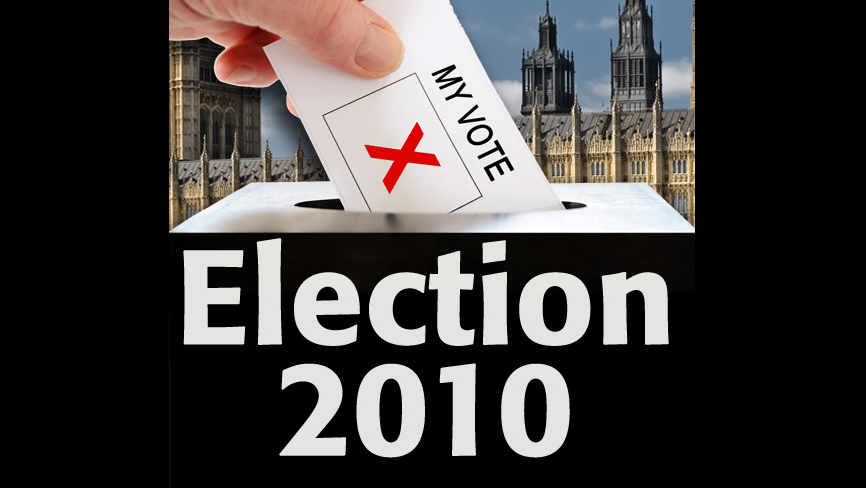According to the Scottish Government, the country faces five years of real-terms cuts in public spending and may not get back to today”s levels until 2025.
According to a grim forecast published on Thursday, a staggering £35 billion of public spending more than the entire annual Scottish budget could be lost over 15 years.
Based on the likely impact of last month’s UK Budget, the government’s chief economic advisor Dr Andrew Goudie estimated average cuts to expenditure will be 3% a year until 2014-15 and it could take between 12 and 15 years before spending returns to levels in the last financial year.
Over the period, he estimated Scottish expenditure could lose between £25 billion and £35 billion in real terms.
It had been announced Scottish Parliament officials are preparing for 15% cuts over the next three years.
First Minister Alex Salmond accused Labour, the Tories and the Liberal Democrats of ignoring the problem’s scale.
“I don’t know whether it’s a desire not to talk about it or whether it’s just an unwillingness to realise the extent of the challenge that’s going to be, or could be, faced,” he said.
“I know that when I’ve talked about figures of this scale before, there’s been an atmosphere of denial in terms of the other parties, that this is something that’s made up.
“This is not something that’s made up. It’s a projection based on last month’s UK Budget and likely assumptions on where it will take us in the future.”
He said closing the gap in public spending could require “major policy, financial and constitutional changes.”
The Scottish Government report states, “While exact details of the size and composition of tightening in the UK are not yet known, it is clear that public spending will be subject to a period of significant constraint in the years ahead. Scottish Government expenditure will not be immune from these pressures.”
The Conservatives guarantee that if they form the next UK Government they will not cut NHS spending in England.
However, Mr Salmond came under fire for giving no such guarantee for Scotland.
At First Minister’s Question Time he was asked, “Have civil servants been asked to exclude any reductions in the Health and Wellbeing budget lines?”
Mr Salmond replied, “No, but one of the sensitivity analyses that takes us to lower points of what are admittedly huge totals of £22 to £35 billion is of course the assumption that frontline services would be protected and therefore the Barnett Formula would allocate the consequentials to Scotland.”
Scottish Labour health spokesman Jackie Baillie said the SNP represented “the biggest threat to the NHS since Margaret Thatcher.”
“Alex Salmond and Nicola Sturgeon have both now refused to guarantee that spending on the health service will be maintained,” she said. “The fact is that they are already implementing Tory cuts. The SNP are responsible for the worst NHS funding settlement since devolution and, as a result, frontline services are being stretched to breaking point.”
Scottish Tory finance spokesman Derek Brownlee said, “While other parties have been falling over themselves to demand more and more spending, we have been responsible, and have offered ideas on how Scotland can start to spend less.”
